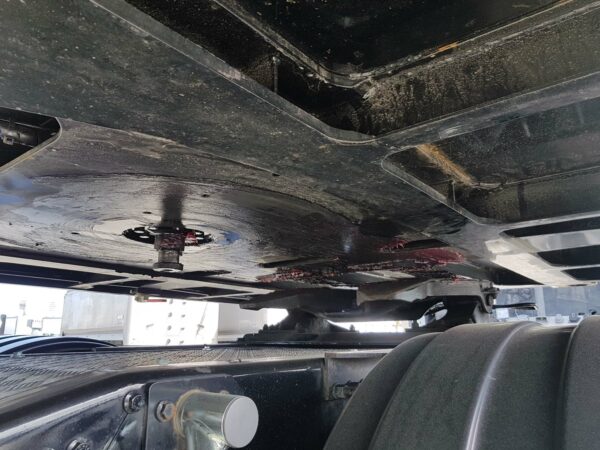Safe trailer coupling and uncoupling procedures are fundamental to commercial vehicle operations. Think of it as a complex dance—each step must be performed in the correct sequence to ensure safety and prevent accidents.

Essential Pre-Coupling Checks
Before starting any trailer coupling and uncoupling procedure, drivers must conduct thorough inspections. Check the fifth wheel mechanism for:
- Damage or cracks
- Proper jaw operation
- Adequate lubrication
- Security of mounting bolts
The trailer should be inspected for:
- Kingpin wear
- Rubbing plate condition
- Landing leg stability
- Brake status
Coupling Process Step-by-Step
The HGV coupling and uncoupling procedure requires careful attention to detail:
- Approach the trailer slowly, ensuring the fifth wheel height is slightly below the trailer plate
- Reverse carefully until the fifth wheel engages with the kingpin
- Listen for the distinctive locking sound
- Apply the tractor unit parking brake
- Perform a visual check of the fifth wheel jaws
- Test the coupling by pulling forward gently with the trailer brakes applied
Making Essential Connections
After securing the mechanical coupling, connect:
- Red line (emergency)
- Yellow line (service)
- Electrical connections
- ISO 7638 ABS/EBS cable
- Any auxiliary electrical systems
Safe Uncoupling Process
The trailer coupling and uncoupling procedure for disconnecting follows a reverse sequence:
- Park on level, firm ground
- Apply trailer parking brake
- Lower landing legs until they firmly contact the ground
- Disconnect air and electrical lines
- Release fifth wheel mechanism
- Slowly draw tractor unit forward
Common Safety Issues
During coupling and uncoupling procedures, watch for:
- Uneven ground causing trailer instability
- Incomplete fifth wheel engagement
- Crossed air lines
- Damaged electrical connections
- Insufficient landing leg ground contact
Final Safety Verification
Before departing with a coupled trailer or leaving an uncoupled unit, perform a final safety check. This includes verifying:
- Fifth wheel security
- All connections are properly made
- Landing legs are fully raised (when coupled)
- Trailer brakes are functioning correctly
- Area around the vehicle is clear
Remember, proper HGV coupling and uncoupling procedures are not just about following steps; they’re about developing a safety-first mindset that becomes second nature. Like any precision task, rushing these procedures can lead to serious consequences.
The key is to develop muscle memory while maintaining vigilance—every coupling and uncoupling should be treated with the same level of attention, whether it’s your first or thousandth time performing the procedure.
